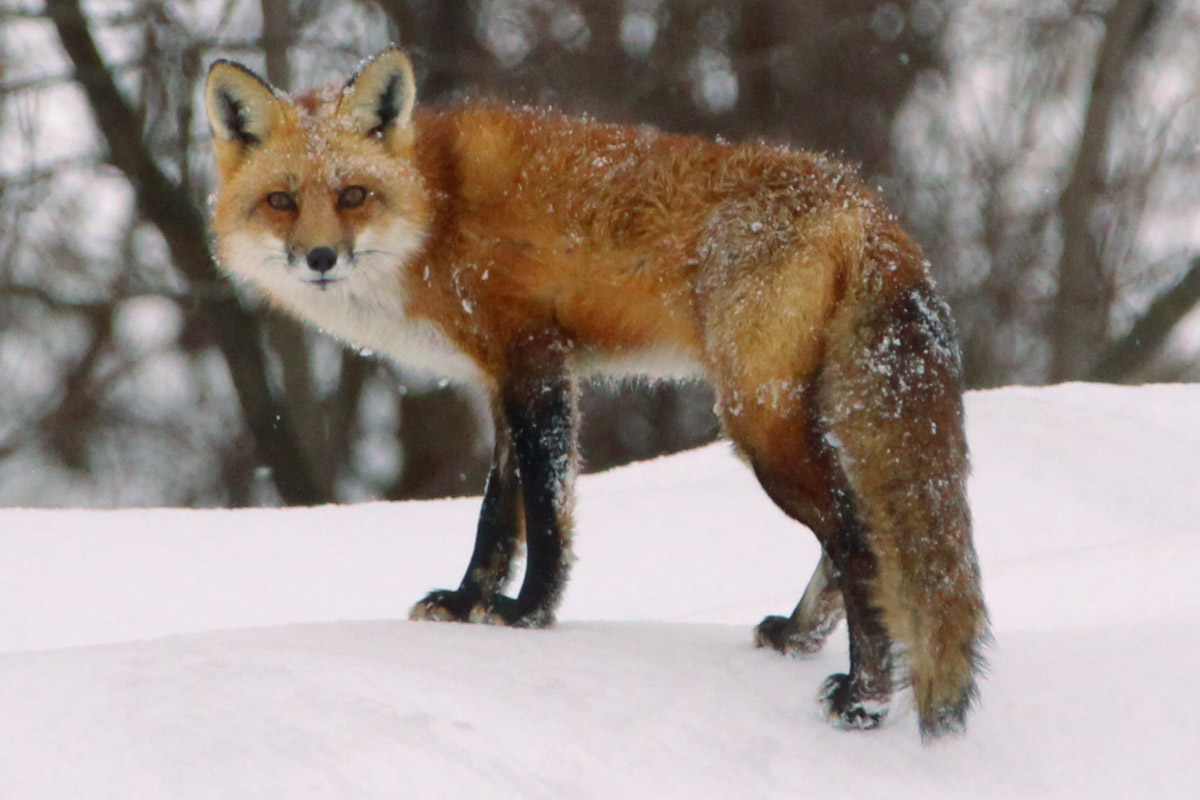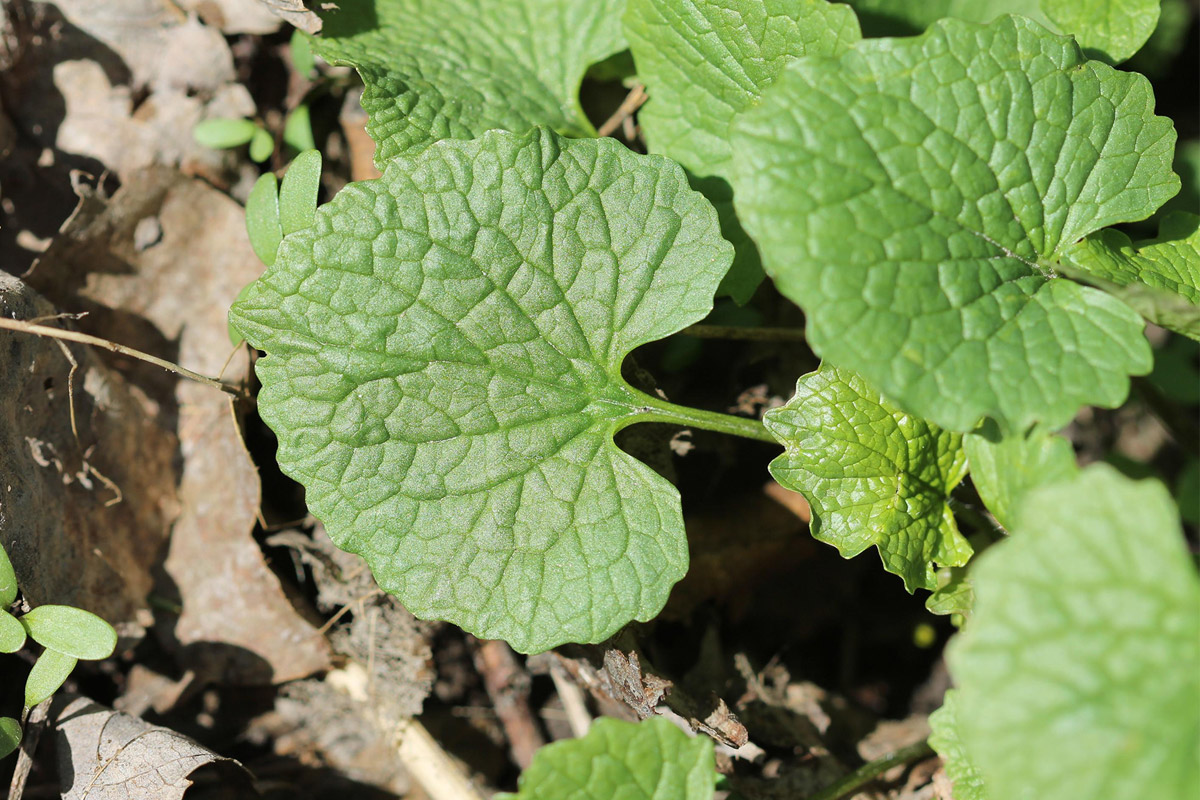CLIMATE CHANGE IMPACT...
There are many ways that you can make a difference.
Impact
Climate change is impacting our region, here in upstate New York, as well as our country and the world around us. With widespread agreement among climate scientists that humans are causing the acceleration of climate change, it is more important than ever to understand those impacts and identify ways we can slow it down as well as adapt to its impacts.
Studies referenced are highlighted so you can check out that information yourself.
The good news is that the conservation sector, and increasingly, the business sector, are taking action. You are an important part of that change too. At the end of this page you will see links to what you can do, or you can check it out now >>

Impact on birds
Climate change is predicted to cause thousands of species to go extinct within the next 80 years if left unchecked. In addition, significant loss of bird-life is occurring (see Scores of bird species could disappear due to climate change…), and expected to increase, given extreme weather and the lack of synchronization between fledging (hatching), migrations, and available food sources.
What we once considered “freak” storms are now becoming more common and are causing birds stress as they aren’t designed for extreme snow, rain, heat or droughts.
Many of the birds like the Scarlet tanager and nuthatches in the Tug Hill Region migrate from the south and are facing challenges due to climate change. National Audubon’s Climate Report, “314 Species on the Brink” >>

Impact on agriculture
Climate change is causing increased episodes of extreme weather throughout the world—and the Northeast and Tug Hill is no exception. Cornell University, as well as other agricultural research institutions like University of Wisconsin and the University of Massachusetts, are documenting the impacts of climate change as the level of CO2 rises.
This includes increased fungus and airborne pests, early warm/hot weather followed by cold weather in the springs cause plants to bloom too soon and then lose their blossoms causing loss of fruit crops, long periods of drought or prolonged wet weather cause stress on dairy and productions of crops, and hail and heavy rains damage crops.
Farming was already challenging; climate change is making it even more difficult.

Impact on wildlife
The wildlife in the North Country are not able to escape the impact of climate change as it increases in severity. Moose, for example, are being ravaged by ticks throughout the Northeast.
Globally, as many as 60% of the world’s plants and 50% of animals could cease to exist due to climate change, based upon a recent study by the World Wildlife Fund.
Butterflies and insects important for pollination are finding their habitats changing in response to increased climate change. The Monarch Butterfly, for example, is vulnerable to milkweed becoming poisonous to them due to it’s response to increased CO2.

Impact on fish and aquatic life
Increasing temperatures, as well as unpredictable and extreme precipitation, is having an impact on fish and other aquatic life in the country and well as the northeast.
The Great Lakes are facing increased episodes of warming temperatures which cause depletion of oxygen, and fish die-off; streams are more susceptible to high levels or prolonged erosion from heavy rainfalls that smother fish eggs or clog their gills; warmer water in streams also impacts the oxygen levels within the streams and the life it can support.

Impacts on forests/woodlands
The northeast’s forests are on track to lose our iconic woodland species such as the sugar maple and beech, as well as spruce-fir woodlands in the Adirondack areas. Hemlocks, ash, and even oaks are facing pests and diseases that are expanding due to both warmer overall temperatures and extreme weather that can blow/relocate/transport spores of fugus or pests such as the emerald ash borer or the hemlock woolly adelgid. If climate change continues on the current projection of increased CO2, the northern forest we know will change over to more southern species.
Early springs, or erratic springs with frost, also appear to be impacting natural ecosystems. Research by Dartmouth College in the journal of Global Change Biology state that “… climate change may constrain reproduction of early-flowering plants mostly through the direct impacts of extreme environmental conditions rather than disrupted plant-pollinator interactions."
This transition will cause disruption in our ecosystems, increase fire risk, and impact our forest economy. The Nature Conservancy’s publication on states:
“Tree species are expected to migrate north as temperatures increase causing important species such as sugar maple and paper birch to dwindle, eventually disappearing from New York permanently. With increased temperatures and changes in precipitation, New York and other states in the Northeast are projected to experience a 10-20% increase in the risk of forest fires.
Additional damage to the forests will likely occur due to the spread of pests and diseases. These impacts could cause severe damage to wildlife habitats, homes, and public health.”

Invasive species on the rise
The rate of invasive species is on the rise—displacing the plants and animals that historically have evolved in the northern part of the United States, including northern New York. Plants that conservation groups have long tried to control, like garlic mustard, purple loosestrife, Oriental bittersweet, and Japanese barberry are expanding their territories—impacting the native plants and animals there.
Elizabeth Wolkovich, and ecologist of the Biodiversity Research Centre at the University of British Columbia, is seeing the impacts, and it’s worrying scientists “…given that invasive plants already cost the United States around $30 billion per year in eradication efforts, not to mention the damage to biodiversity and natural habitats. Purple loosestrife, for instance, chokes wetland habitats by crowding out cattails and other marsh plants that serve as food, shelter and nesting material for wildlife.”

Impact on your health
You may not know it, but if your allergies seem to be getting worse, it might be part of the shifting of bloom times. Climate change is lengthening the pollen season of common allergens such as ragweed.
Health impacts of climate change vary depending on where you live, the exposure you have to environmental conditions (like extreme weather), and your underlying health.
Sometimes you can experience the impact of climate change with increasing intensity of poison ivy due to higher levels of CO2 in the air. Other times, it could be the number of high-heat days and the impacts of extreme heat (over 90 degrees), flooding, or unusually cold-snaps where the jet stream is “stuck” causing the weather to stay in a holding pattern for longer periods of time.
Research following these trends predicts that if left unchecked, climate change may result in a typical summer in upstate New York with temperatures and humidity more like present-day summer in South Carolina within the next 80 years, with most of the warming expected to occur in northern New York State.
In addition, warmer weather overall is extending the range of ticks carrying Lyme and other serious diseases. Warming waters now are susceptible to toxic algae blooms and harboring pathogens.

Impact on communities
Climate change impacts on our communities are increasingly described in loss of life and economic terms. Extreme weather damage, like that of Hurricanes Irene and Sandy, have cost billions. Flooding along Lake Ontario is increasing; periods of heavy rain are causing rivers like the Black River and West Canada Creek to breach and flood communities. The resulting damage to roads, houses, businesses, and community lands (parks, trails, recreational areas) is rising.
For our agricultural communities, increased pests, heat-stress, drought, and out-of-sync pollination/bloom/freezes are making farming even more difficult (see impacts on agriculture, above).
High heat days put more stress on power infrastructure for air conditioning and droughts increase change of fire, water shortages. Insurance companies are now recognizing the need to factor in costs—and not just to coastal communities.
Interested in how you can help?
Check out some suggestions to get started >>
Wondering about how other land trusts working on climate change?
- You can read about a few on the Land Trust Alliance’s Climate Change website >>
- Or, sign up for a twice monthly e-News related to climate change and land trusts taking action from Judy Anderson at Community Consultants. Sign-up Now >>
